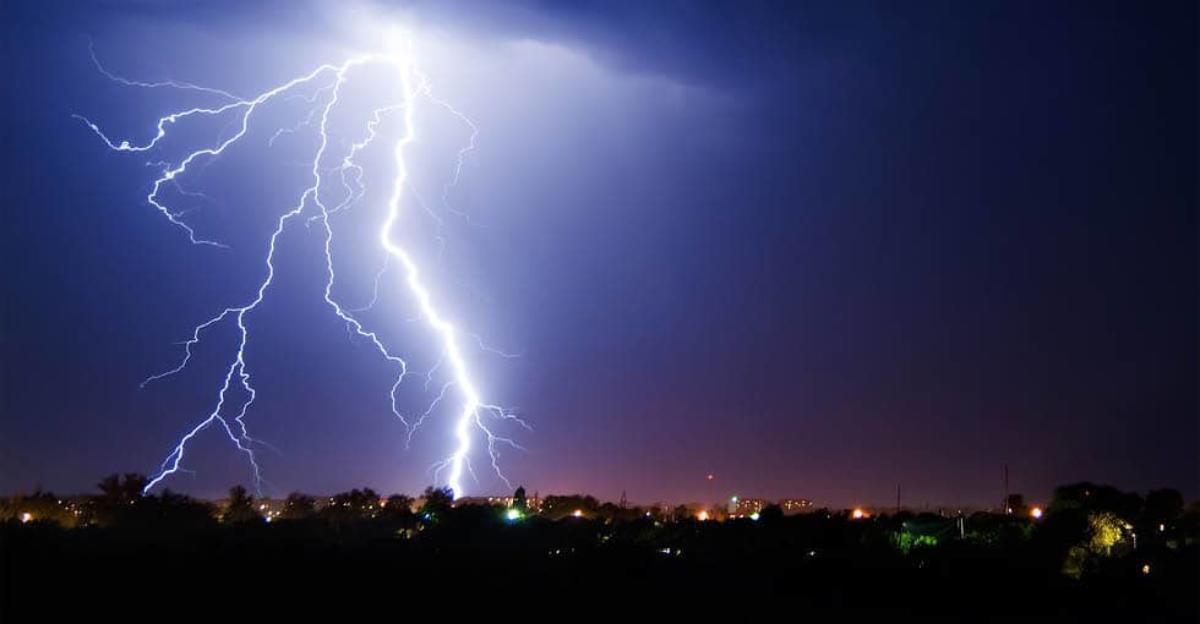Every year, lightning strikes cause severe damage and even kill people, livestock, and wildlife. Lightning is also a threat to buildings, power lines, and vehicles, to name a few. It can cause wildfires and even reroute major airlines. As lightning occurs over land much more often than over the ocean, it’s of concern to those in areas where environmental factors brew a high number of yearly storms. In the United States, lightning is the second most common storm-related killer. Astonishingly, more than two dozen people die from lightning strikes each year.
Some states are more prone to lightning, such as Florida, Mississippi, Alabama, Louisiana, South and North Carolina, and Texas. From 1959 to 2011, the United States suffered a sobering 3974 deaths by lightning. Lightning is a concern for educational institutions in every state, and there is a liability that is attached to lightning safety, of which everyone from administration to coaches should take note. Lightning safety affects all outdoor activities overseen by educational organizations, including: football, track, soccer, marching band practice, field days, and recess.
The National Collegiate Athletic Association (NCAA) has specific rules and recommendations on lightning safety, which include:
- Having a lightning safety plan on hand and educating all staff members on how to follow the plan and access it for reference.
- Designating a single individual to be in charge on monitoring weather patterns and deciding when to pull students from outside areas in the event of a lightning threat.
- Monitoring weather reports and the National Weather Service to remain aware of impending storms that could pose a risk of lightning strikes.
- Educate all staff and students on the safest structures in the area and understand the time it takes to evacuate all students and staff to safer areas.
- Remain aware of lightning risk indicators such as lightning flashes, darkening skies, and thunder claps.
Lightning experts recommend that outdoor playing fields be evacuated by the time there are 30 seconds or less observed between a lightning flash and a thunder clap, or by the time the leading edge of the storm is within six miles of the field or outdoor venue. Once the last sound of thunder and the last flash of lightning are at least six miles away, students may return to play.
Lightning detectors can help educators predict lightning strikes and effectively adhere to lightning safety protocols. These detectors can indicate how far away the lightning strike is in miles, as well as the storm intensity and direction tracking to help schools keep their students safe. These detectors often include vibrating or audible warning functions that can help preoccupied coaches and staff stay aware. To calculate the distance of lightning in the absence of a lightning detector, educators can use the “Flash to Bang” method. Once lightning is observed, count the number of seconds until the associated thunder is heard. Divide that number of seconds by five, and the result is the number of miles away that lightning strike occurred.
Athletic activities are often outdoor events, and can draw quite a crowd of coaches, parents, students, fans, trainers, and administrators. Lightning safety is not always top-of-mind, but it is a concern that all schools and coaches should take seriously. Lightning safety rules are the responsibility of the organization providing the venue for activities that may put students at risk. With the inclusion of a lightning safety plan, an educated staff and student body, and a lightning detector, schools can adhere to the lightning safety mandates of their state and reduce their liability in the event that a lightning bolt touches down close to home.
Shop online for lightning detectors:






Leave a Reply